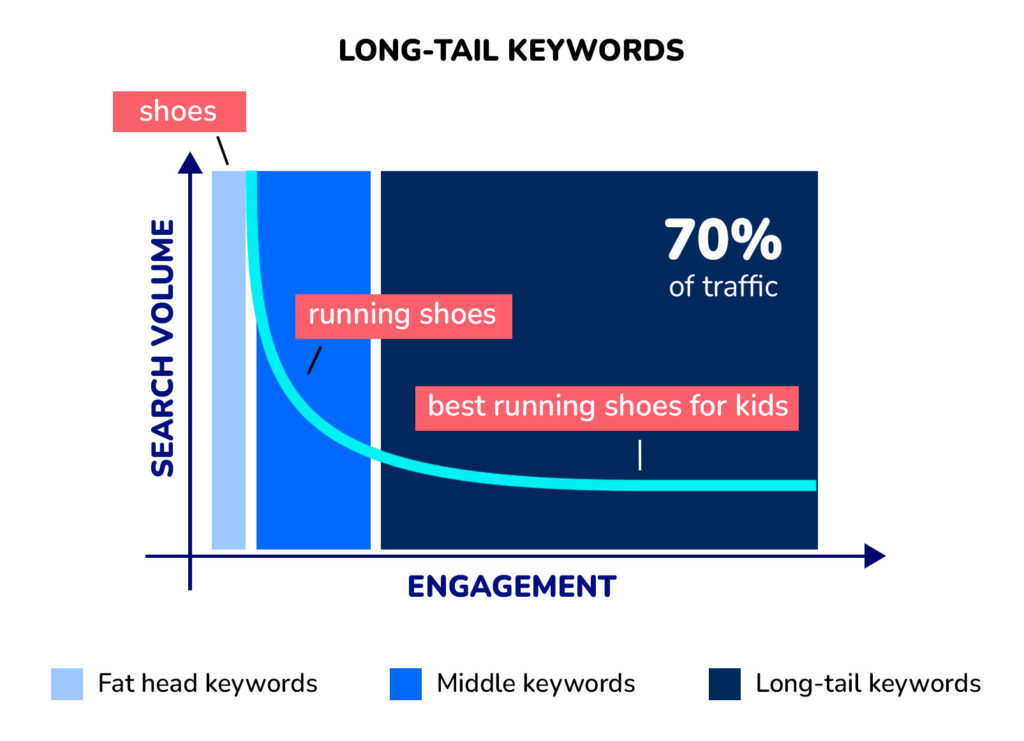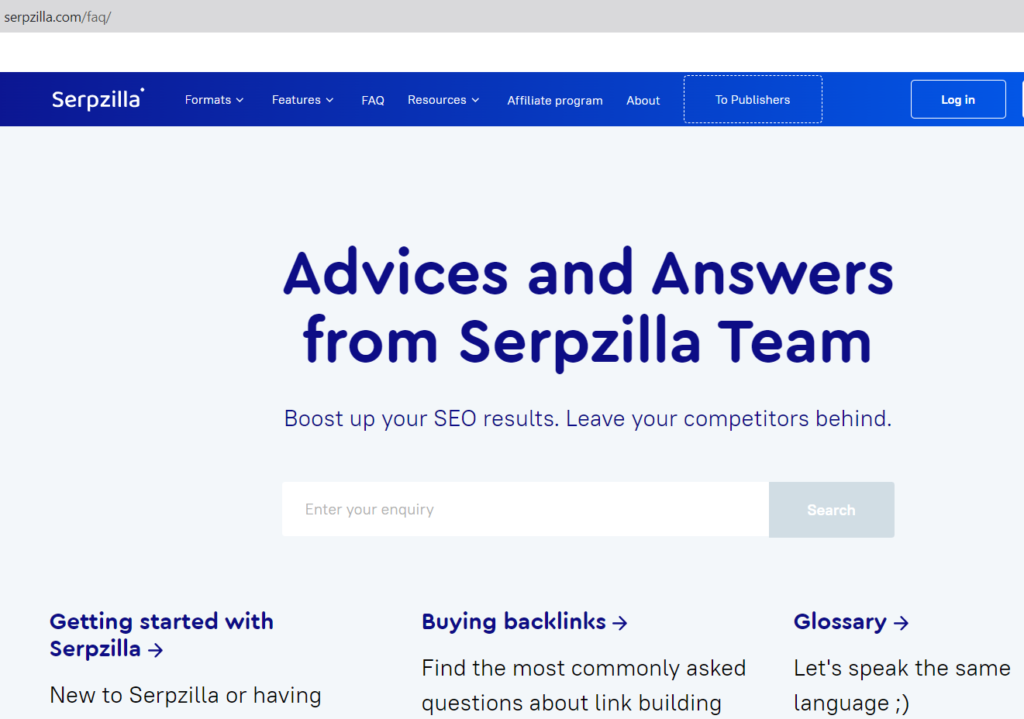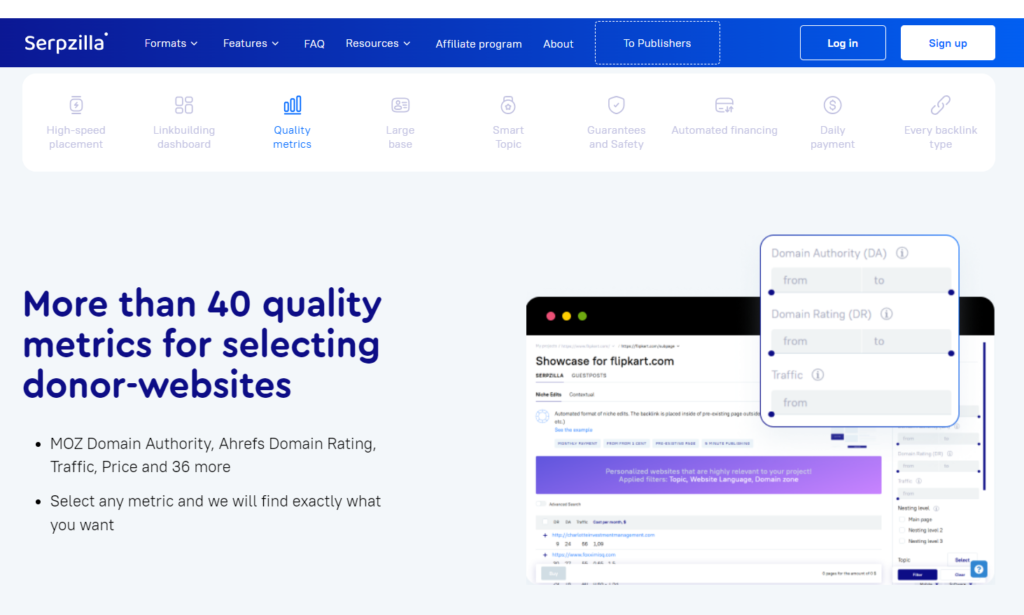Increasing organic traffic requires strategy, patience, and a bit of digital know-how. This article will guide you through effective tactics to boost your organic traffic.
What is Organic Traffic and Why is it Important?

Organic traffic means visitors from unpaid search results. Usually, it’s the result of well-crafted content and certain professional SEO strategies.
Organic traffic reflects genuine interest in your site and offers a sustainable way to attract visitors. Think of it as nurturing a plant—it grows with time.
Organic traffic provides consistent exposure and doesn’t fade like paid ads. Instead, it builds a strong foundation and helps establish long-term credibility. A steady stream of visitors shows trust. Search engines favor sites with organic traffic.
Paid ads require constant investment whereas organic traffic is cost-effective. Once established, it requires minimal cost.
Organic traffic is also long-lasting. Even when campaigns end, organic traffic usually persists.
Key Tactics to Increase Organic Traffic
Increasing organic traffic involves various strategies for both on-page and off-page SEO.
Optimize Pages for Users, Not Search Engines

SEO is crucial, but user experience should be your primary focus. Optimizing pages for users means creating a positive experience.
Ensure your website is responsive. This means it should adapt to all devices. Mobile users are a significant portion of traffic. Don’t overlook this aspect.
Enhance readability by using clear, concise language. Users prefer simplicity. Avoid jargon. Break text into headings and bullet points. An exemplary user experience can reduce bounce rates.
User experience (UX) directly impacts engagement, and engaged users tend to spend more time on your site. This boosts your SEO rankings. Google values user-friendly sites. At Serpzilla, we know that the better the user experience, the more backlinks and genuine engagement your website will get.
Visuals play a crucial role. Images, videos, and infographics engage users. They add variety to your content. Multimedia elements also improve retention. Users remember visual content better.
Bounce rates are important. A high bounce rate indicates problems. Users leave your site quickly. This hurts your rankings. By improving UX, you can reduce bounce rates.
Time on page is another factor. The longer users stay, the better. This signals to search engines that your content is valuable. A good UX encourages users to explore more pages.
Navigational ease is essential – users should find what they need quickly. A well-structured site with clear navigation enhances UX.
By focusing on users, you indirectly boost your SEO. Satisfied users lead to better rankings. The user-first approach is a winning strategy. It’s the foundation of successful SEO.
Create a Blog and Publish Content Regularly
Regularly updated content keeps your site fresh. Blogging allows you to address topics that interest your audience.
Conduct keyword research to guide your blogging topics. Identify the terms your audience is searching for. Keyword research guides content creation. Use tools like SEMrush or Ahrefs, or specialized platforms like Serpzilla. Find relevant topics for your audience, and address their pain points.
Publish consistently to show search engines that your site is active. A content calendar helps maintain a regular publishing schedule.
Blogging offers many benefits:
- It establishes authority in your niche.
- Regular posts build trust with your audience.
- Trust leads to increased traffic.
- It shows search engines that your site is active and well-loved by audience
A blog is a platform to showcase expertise and share your insights and knowledge. This positions you as an industry leader.
Regular updates are key because inactive sites lose visibility. Frequent posts signal activity and this boosts your SEO.
Content calendars ensure consistency – they organize your blogging schedule. Consistent publishing is crucial. It maintains your site’s freshness. It also keeps users coming back for the extremely interesting updates you provide.
Quality over quantity is important: each post should add some value. Never post just for the sake of it! Users appreciate well-researched content.
A blog also increases internal linking opportunities, we at Serpzilla always tell our clients that. Always link to relevant posts – this improves site navigation and distributes link equity.
Blogs enhance SEO by targeting long-tail keywords. These are specific phrases users search for, you can find them using specialized tools or Serpzilla platform.
Blogs also provide content for social media. Share your posts on various platforms. This drives traffic back to your site. It also increases visibility.

Optimize Content for Featured Snippets
Featured snippets appear at the top of search pages, providing users with direct answers. Optimizing content for featured snippets can significantly boost your traffic.
Create clear and concise answers to common questions. Incorporate frequently asked questions into your content. Provide direct and informative answers.
To target snippets, answer questions directly. Don’t bury the lead. Provide concise answers. Google favors clear, direct content.
Use lists and tables. These formats are snippet-friendly. They’re easy for search engines to parse. Structured content increases your chances.
Address common queries, FAQs are excellent for snippets. Users often search for these.
Use structured data such as bullet points or lists. This helps search engines easily identify your content for snippets. Optimize your content to directly address users’ queries.
Being featured suggests authority. Users trust sites that Google highlights, and this trust drives more organic traffic to your site.
Optimizing for snippets is time-consuming, though, as it involves research. You need to identify common questions in your niche – you can use tools like Answer the Public or specialized platforms to find what users ask.
Create content around these queries. Provide detailed answers. but keep it concise. Balance detail with brevity.
In conclusion, featured snippets are valuable: they enhance visibility and drive organic traffic. To optimize your content to target them is a smart SEO strategy.
Use Relevant Keywords and Find New Ones
Keywords are fundamental to SEO, because they help search engines understand what your content is about. Using relevant keywords attracts the right audience.. Finding new keywords is like discovering new markets.
Start with keyword research tools like Google Keyword Planner or Ahref. Look for both short-tail and long-tail keywords. Long-tail keywords often have lower competition and higher conversion rates. After that, you need to incorporate these keywords naturally into your content.
Monitor emerging trends and new keywords. Stay updated with industry news and use tools like Google Trends. This keeps your content salient and competitive in search results. Continually finding new keywords helps maintain and grow your organic traffic. Again, you can do it yourself using various tools or outsource to a specialized platform like Serpzilla.com.
Keywords connect your content with search queries. Without them, search engines struggle to rank your content.
Start with Identifying your target audience. What are they searching for?
Short-tail keywords are broad. They have a high search volume, but they’re also competitive. Ranking for them is challenging – they’re like popular markets.
Long-tail keywords are specific and have a lower search volume. But they’re less competitive and often have higher conversion rates. These are like niche markets.
Use a mix of both types. This balances reach with specificity. Target broader terms for visibility and use specific terms for targeted traffic.
At the same time, avoid keyword stuffing. Search engines penalize this.Focus on readability.
Stay updated on keyword trends. The digital landscape changes rapidly. New keywords emerge. Monitor these trends using tools like Google Trends.
Find seasonal keywords. Some terms peak during certain times. Capitalize on these trends, updating your content accordingly.
Regular keyword research is essential. It keeps your strategy current. Outdated keywords lose relevance and can damage your SEO performance. Refresh your keyword list frequently.
In conclusion, keywords are crucial. They guide your content strategy. Use a mix of short and long-tail keywords. Stay updated on trends. This ensures your content remains relevant and competitive.
Target “People Also Ask” and FAQ Sections
The “People Also Ask” section in search results shows related queries. It offers users additional questions relevant to their search. Targeting these questions can increase your content’s visibility. It’s like offering extra help in a store to potential customers.
Create content that answers these common questions. Incorporate these questions and answers into your blog posts or FAQ sections. Providing comprehensive answers enhances user experience and can boost your traffic.
Optimize your FAQ section with clear and thorough responses. Address prevalent questions in detail. This not only helps users but also improves your chances of appearing in search results.

The “People Also Ask” section highlights related queries. Targeting it increases visibility. It’s an opportunity to address multiple queries.
To target this section, research common questions. What do users ask in your niche? Address these in your content.
Incorporate these questions naturally, use them as headings or subheadings, and answer them clearly and truly. This improves your chances of being featured.
Keep your FAQs updated. New questions emerge over time. Regular updates ensure relevance. Keep in mind that outdated FAQs hurt your credibility!
Create Enticing Title Tags and Meta Description

Title tags and meta descriptions play a critical role in attracting clicks. They act as the storefront of your content. Craft compelling title tags that include relevant keywords. Keep them concise, ideally under 60 characters.
Write meta descriptions that summarize your page content. Include keywords and a call-to-action. Aim for descriptions of about 150-160 characters.
Effective title tags and meta descriptions improve perspicuity. They enhance click-through rates and boost search rankings. Crafting these elements effectively is crucial for driving organic traffic.
Title tags are the first thing users see. A compelling title tag attracts clicks. Include relevant keywords.
Keep title tags under 60 characters. This ensures they display fully in search results. Long titles may be cut off.
Conduct a Technical SEO Audit and Implement Best Practices
Addressing technical issues creates a better user experience, and it also impacts how search engines index your site. Use tools like Google Search Console or any other specific tool for the technical audit. Slow sites lose visitors, so do better: compress images, use a Content Delivery Network (CDN), and minify code.
A significant portion of traffic is mobile. You must ensure your site is mobile-friendly. Start with Google’s Mobile-Friendly Test tool.
Google also favors HTTPS sites and users prefer safe sites. Implement SSL certificates.
Search engines need to crawl your site, so crawlability is important. Ensure your robots.txt file is correct. Use sitemaps to guide crawlers.
Technical SEO should be conducted regularly since everything changes so quickly nowadays. Stay updated on best practices!
Promote Pages on Social Media and Other Platforms
Social media helps in sharing content ubiquitously. Regular updates and interactions maintain visibility and keep your brand in the spotlight. Leveraging various platforms enhances your site’s organic traffic and helps attract different audiences. Share your content across platforms. Cross-posting is effective. Facebook is great for broad reach. Twitter is good for quick updates. LinkedIn is ideal for professional content.
Use engaging visuals – images and videos perform well on social media. Pair them with compelling headlines, and you’ll be fine!
Respond to comments and messages. Build relationships with your audience. This fosters loyalty.
Earn and Manage Backlinks
Backlinks are crucial for SEO. They signal to search engines that your site is authoritative. Tools like Ahrefs or Semrush can help monitor and manage your backlink profile. The Serpzilla platform is exceptionally useful for backlink strategies. It helps find relevant sites for link building and tracks your website’s performance.

Create valuable content to attract backlinks naturally. Shareable content is key:
infographics, research studies, and in-depth guides work well. Contact influencers and bloggers, request backlinks, and offer value in return.
And always monitor your backlink profile! Use tools like Ahrefs or Moz, or professional backlinks platforms like Serpzilla. Track new and lost backlinks – this helps maintain a healthy profile.
Disavow toxic backlinks, which can harm your SEO – again, use platforms like Serpzilla or tools like Google’s Disavow Tool to do that.
Regularly audit your backlinks.
Update Outdated Content and Remove Low-Quality Pages
Content can become outdated over time, so do regular updates to ensure your content remains relevant and useful. Conduct content audits to identify and refresh outdated or underperforming pages. Add new information, visuals, or multimedia to enhance old content. Remove low-quality pages that no longer provide value. This improves the overall quality of your site and helps search engines focus on valuable content.
Optimize Internal Linking
Internal linking helps users navigate your site. It’s like having a clear map for customers. Include relevant links within your content to guide users to other pages. Use descriptive anchor text to provide context.
Prioritize linking to high-value pages to distribute link equity. Effective internal linking improves site structure and enhances user experience. It also helps search engines understand the hierarchy of your content.
Internal links can enhance user engagement and improve site visibility. They aid in navigation and support overall SEO efforts. Strategically placed internal links increase your site’s organic traffic.
Use descriptive text, it provides context. This helps users and search engines.
Publish Video Content and Embed It
Videos can amplify user interaction and provide a richer content experience. Embedding videos directly on your site adds value and engages visitors. This approach can drive more traffic and improve search rankings. Video content is engaging. It attracts and retains users. Create relevant videos for your audience.
Embed videos on your site. This enhances user experience. Users spend more time on pages with videos. Use videos strategically. Tutorials, product demos, and testimonials work well – they provide value to users.
Publish on platforms like YouTube, this expands your reach. YouTube is a popular search engine. Always optimize video titles and descriptions, including relevant keywords. This boosts visibility in search results.
Engage in Guest Blogging and Create Thought Leadership Content
Create thought leadership content on your own site. Guest blogging and thought leadership content can augment your online presence. They help establish credibility and draw in a larger audience. Engaging in these activities can significantly increase your site’s traffic.
Guest blogging is valuable. It expands your reach. Write for reputable blogs and include a link to your site. Remember, backlinks are important, they boost your SEO, and guest blogging helps earn them.
Create unique content, and offer insights and value to establish yourself as an authority. Thought leadership content is crucial, so publish it on your site. Authority boosts credibility and traffic. In-depth articles and whitepapers work well.

Encourage Customers to Leave Reviews
Customer reviews can influence potential customers and improve your site’s visibility. Encourage customers to leave good reviews on platforms like Google My Business or Yelp.
Make it extremely simple for customers to leave feedback! Provide direct links to review platforms and consider offering incentives.
Conclusion
Promote your content, engage in guest blogging, and encourage reviews. Each tactic plays a role in boosting your site’s visibility.
Continuously analyze and adjust your strategies. Staying informed about trends and best practices ensures sustained growth. Keep climbing that SEO ladder! Your website’s success is within reach.
Remember, increasing organic traffic takes continuous effort. You can do it yourself or outsource to us at Seprzilla.com if you’d like. But whichever you choose, remember: SEO is like dating. You have to keep putting in effort to make it work!






